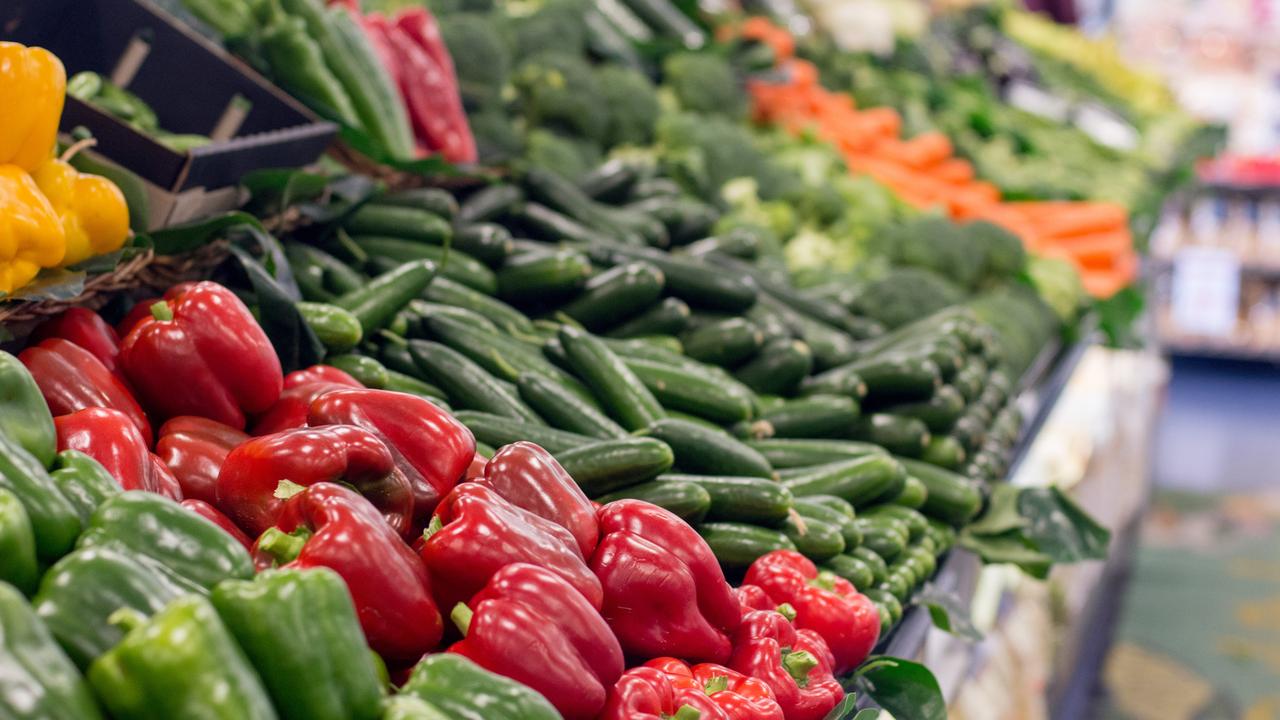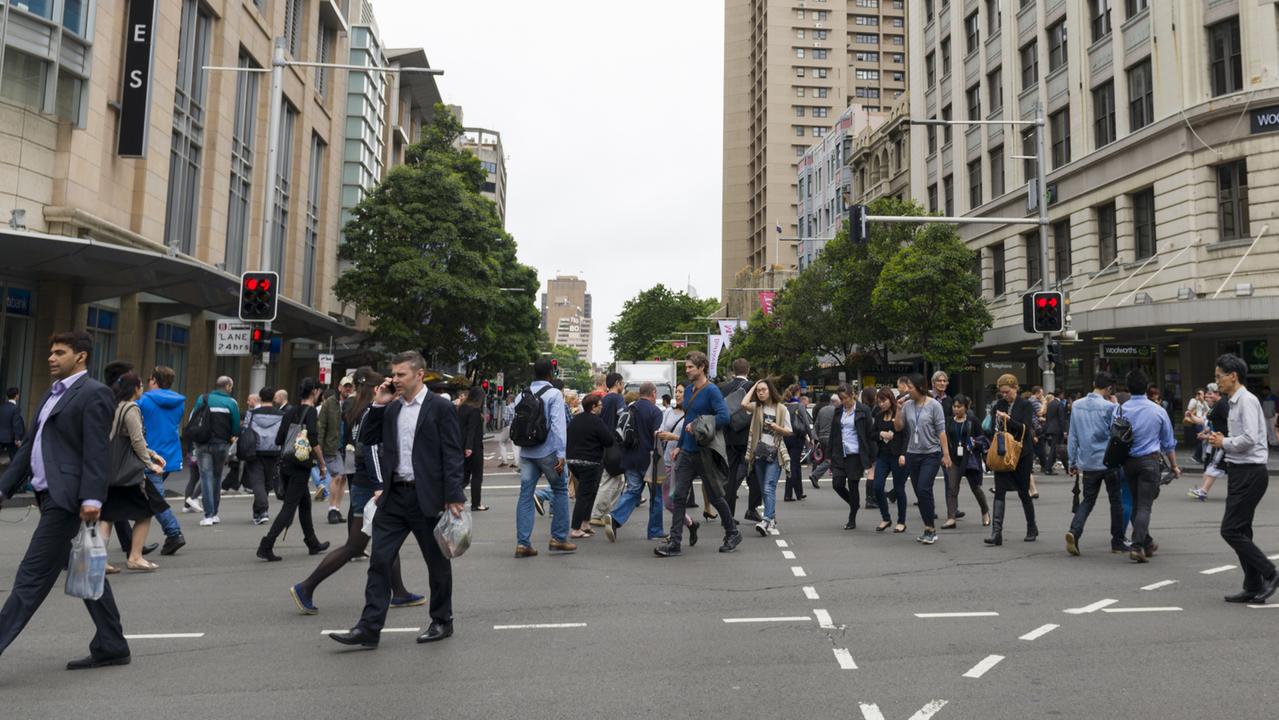‘Fewer than 25 per cent’: Simple question most Aussies can’t answer
A new survey has revealed the very simple question most Aussies can’t answer – and it reveals an alarming truth about us all.
Recently, as part of a research project, my team surveyed more than 1000 Australians and asked this question: What is the definition of a vegetable?
Fewer than 25 per cent of respondents knew the correct answer, even loosely.
For reference, a vegetable is any plant, or part of a plant, consumed or used as food. These are commonly grouped according to leaves, stalks, roots, bulbs and flowers. Fruits also fit under this category, but the sweeter ones are usually referred to separately.
The most common misunderstanding was that veggies don’t contain seeds (pumpkins, capsicum, tomatoes, cucumbers and eggplants certainly do), or that they grow underground (cabbage, lettuce, broccoli and corn all grow above ground).
Does uncertainty about what constitutes a vegetable matter? Yes. Only five per cent of Australians eat the minimum recommended number of serves of vegetables per day. This is six cups of vegetables per day for men, and five cups for women, in addition to two cups of fruit.

The other 95 per cent of us have replaced vegetables with an excess of processed, high energy, sugary and salty foods. As a result, on average, Australians are fibre deficient, somewhat malnourished and have a heightened risk of heart disease, diabetes, stroke and other health issues.
Eating five to six servings of vegetables still leaves a lot of room each day for meats, cheeses, carbs and the odd ice cream, and meeting the current government recommendations in no way requires any major dietary overhaul.
We need to get better at making the right choices, but for Australians, this presents more of a challenge than it should.
I recently tried to last a week eating the recommended six serves of vegetables per day.
With breakfast being the usual bowl of cereal and milk, I headed out at midday to try and cram in a few serves for lunch.
The local cafe, besides the vegetarian option of a deep-fried patty, offered nothing on the menu that included more than one serve of vegetables – the thin slice of tomato and lettuce leaf in the burger just wasn’t enough.
Next door was the bakery, a pizza shop, then a fish shop – still no veggies to be seen.
It was quite a while before reaching the first store that had genuine veggie options – a custom sandwich shop that offered carrot, spinach and capsicum as choices.

What happened to Australian cuisine, and why are we so drawn to ultra-processed foods?
In some ways, this has been marketed to us because there is commercial benefit in selling processed meals.
For example, I know my local cafe stocks bananas, but they won’t sell you one. It’s far more profitable to add some cheap flour and sugar and sell it as banana bread.
This added-value approach is what has prompted much of the Western diet and encouraged the marketing of energy-dense, nutrient-poor foods, leading to a nationwide increased risk of obesity, cardiovascular disease, cancers and more.
With limited success in reaching the veggie intake goal from dining out, I tried focusing on home cooking. This did not really solve the problem either.
In theory, breakfast could become a vegetable omelette, mushrooms on toast, extra onions with sausages, a veggie smoothie (even from frozen ingredients), or a spinach and avocado brekky bowl.
But these options take a lot longer to make than throwing some cereal in a bowl and it’s hard to find free time to prepare these, especially when most of us also need to find more time in the day to exercise, spend time with family and get through home chores.
Also, maintaining a fresh variety of vegetables in the fridge might mean having to shop two or three times a week, something many of us certainly don’t wish to do.
So what can we do to increase our intake of vegetables with minimal fuss and expense?
My colleague Christina Turner is an accredited practising dietitian and the clinical lead for the Master of Nutrition of Dietetic Practice program at Bond University.

She recommends:
● Opting for frozen or tinned vegetables, which have the added benefit of saving on meal preparation time, are cheaper and just as nutritious.
● Including legumes in our diet as an alternative to meat. These are classed as vegetables and are also cheaper than meat, chicken or fish.
● Buying seasonal and imperfect (ugly) fruit and vegetables which again, are cheaper.
It also helps to start your shopping with a clear strategy to eat more vegetables.
Make a list and plan for easy, quick meals based around veggies – for example, jacket potatoes with tuna or corn, and veggies as snacks.
For the time-poor, bagged salad kits and precut veggies like pumpkin and parsnip are convenient.
Veggies are easy to cook, can be stored for quite some time and are accessible at any local supermarket.
They increase our intake of fibre (which many of us are deficient in), and decrease the amount of salt, fat, refined carbs, processed foods and sugar we eat.
They’re also better for the environment and eating them supports local farmers.
It’s a win-win, and it’s time to push veggies the forefront of our plates and menus.
Christian Moro is an Associate Professor of Biomedical Sciences and Medicine at Bond University
Originally published as ‘Fewer than 25 per cent’: Simple question most Aussies can’t answer




